A Journey to Pain-Free Movement

At Good Health Group Clinic, we work with many clients who are determined to stay active despite the challenges of age or injury. One of our recent clients, an 87-year-old man, is a great example of perseverance.
A passionate golfer and cyclist, he had undergone bilateral hip replacements but was committed to playing 18 holes of golf twice a week and cycling 20-30km on weekends.
However, pain and limping after golf began to interfere with his ability to stay active. This is his story of recovery through a structured post-treatment plan and dedicated exercises, guided by Sam.
The First Step: Addressing the Pain
When he first came to us, his main complaint was discomfort in his right leg, especially after playing golf. He experienced tightness and limping, which made walking on uneven ground particularly difficult.
After assessing his condition, Sam applied treatment to release tension in his lower back, glutes, and legs. However, the real key to his recovery was his commitment to the post-treatment exercise plan.
His initial exercise plan was simple but targeted:
- Standing Marches: 3 sets of 10 reps on each side to improve hip mobility and leg strength.
- Seated Hip Flexions: 3-5 sets of 15-20 seconds to help regain hip flexibility.
- Seated Quadriceps Exercises: 3 sets of 10 reps to strengthen his quads without overstraining.
- Ankle Pumps: 3 sets of 10-15 reps to enhance circulation and ankle mobility.
These exercises were designed to be easy to follow and adaptable based on how he was feeling each day. He was also encouraged to take short walks to keep his body moving while allowing time for recovery.
A Setback: The Bike Accident
Just as his recovery was gaining momentum, our client encountered a setback, a fall off his bike on a sandy path. The accident resulted in stiffness and discomfort in both his right leg and shoulder.
While it slowed his recovery briefly, his determination didn’t waver. Sam adjusted his treatment to address the new injuries, but the focus remained on his prescribed exercises.
We added upper body exercises to help with the shoulder injury, such as:
- Pendulum Swings: Gentle, circular movements to increase shoulder mobility.
- Wall Raises: 3-5 sets of 10-15 reps, raising his arms as far as comfortable to enhance shoulder flexibility.
- Arm Swings: Forward and backward arm swings to keep the shoulder joint moving without strain.
He continued with his lower body exercises but at a slower pace to ensure he didn’t overexert himself.
The Role of Post-Treatment Exercises
The success of his recovery was rooted in his dedication to the post-treatment exercises. He divided his exercises into two sessions, one in the morning and one in the afternoon, making the plan more manageable and allowing him to focus on each movement without fatigue.
This approach also kept him active throughout the day, helping to prevent stiffness.
We also encouraged him to do walking on grass (barefoot, if possible) for 5-10 minutes to enhance his ankle mobility and provide a low-impact way to stay active.
As his mobility improved, the intensity of the exercises was gradually increased. For example:
- Lunges: 3 sets of 10 reps on each side were introduced to strengthen his legs and improve balance.
- Wall Leg Press: Holding for 10 seconds, 3 sets a day, to activate his leg muscles and build strength without putting too much pressure on his hips.
By October, he was back on the golf course, playing nine holes pain-free. His recovery shows how a consistent and well-planned exercise routine can help restore mobility, even after setbacks.
The Key to Recovery: Consistency and Progress
Our client’s journey highlights the importance of sticking to post-treatment exercises. These exercises were specifically chosen to complement the in-clinic treatments and ensure continued recovery at home.
By gradually increasing intensity and volume, he was able to regain mobility and strength, all while avoiding pain or discomfort.
His current routine includes:
- Lower Body (Days 1 & 4): Standing Marches, Seated Hip Flexions, Lunges, Seated Quadriceps Exercises, and Ankle Pumps.
- Upper Body (Days 2 & 5): Pendulum Exercises, Shoulder Wall Raises, Arm Swings, and Arm Circles.
- Recovery Days (Days 3 & 6): Rest or gentle stretching.
- General Movement (Day 7): 30 minutes of walking or light cycling.
With this structure, he has built strength and mobility over time, ensuring his recovery stayed on track. He gradually increased his walking distance from 2 to 4 kilometres and reintroduced golf sessions.
A Story of Patience and Persistence
At Good Health Group Clinic, we believe in the power of personalised post-treatment plans. If you’re recovering from an injury or experiencing pain, we’re here to help.
Our tailored exercises and treatments are designed to ensure your recovery continues between visits, helping you stay active and pain-free.
Blogs
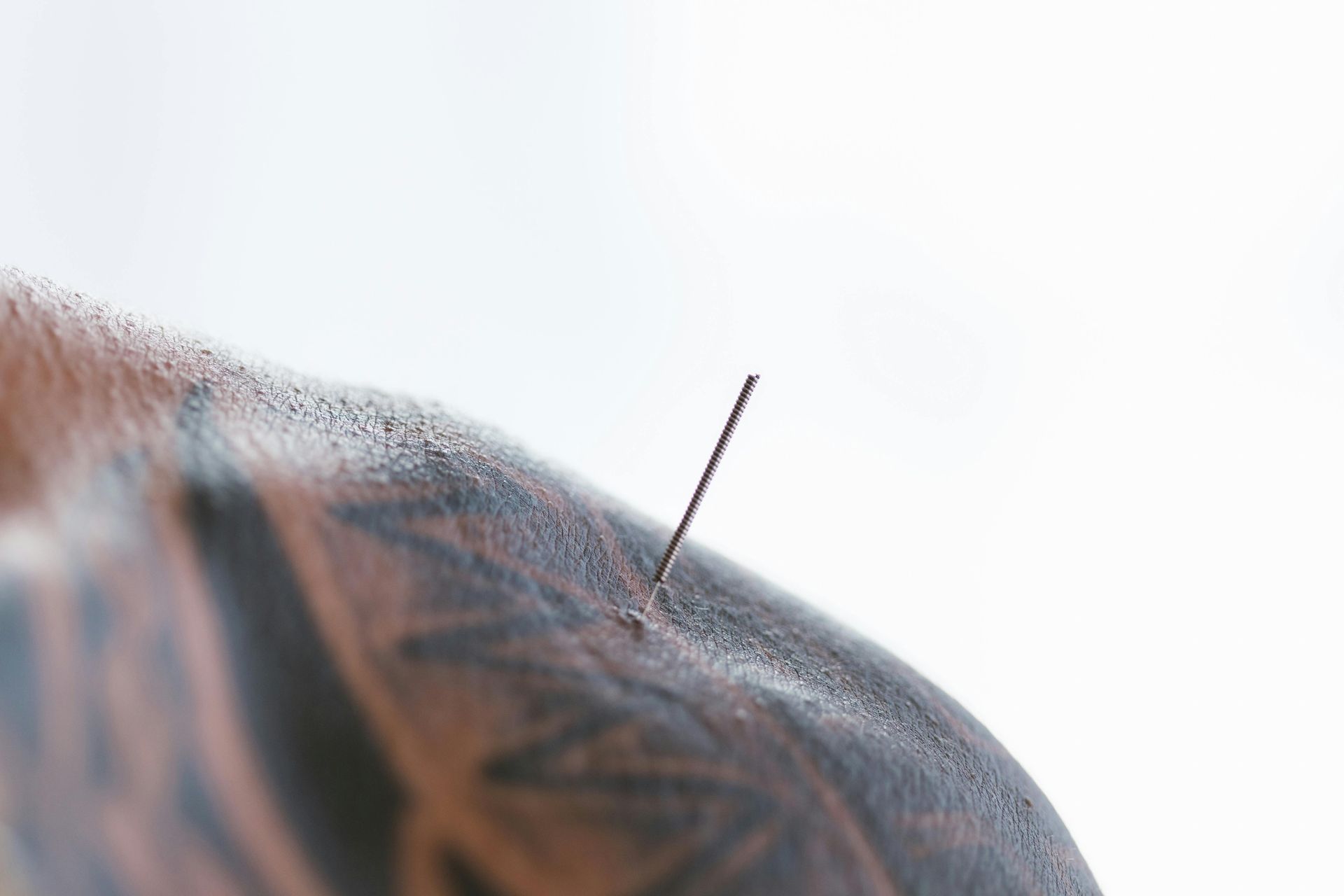
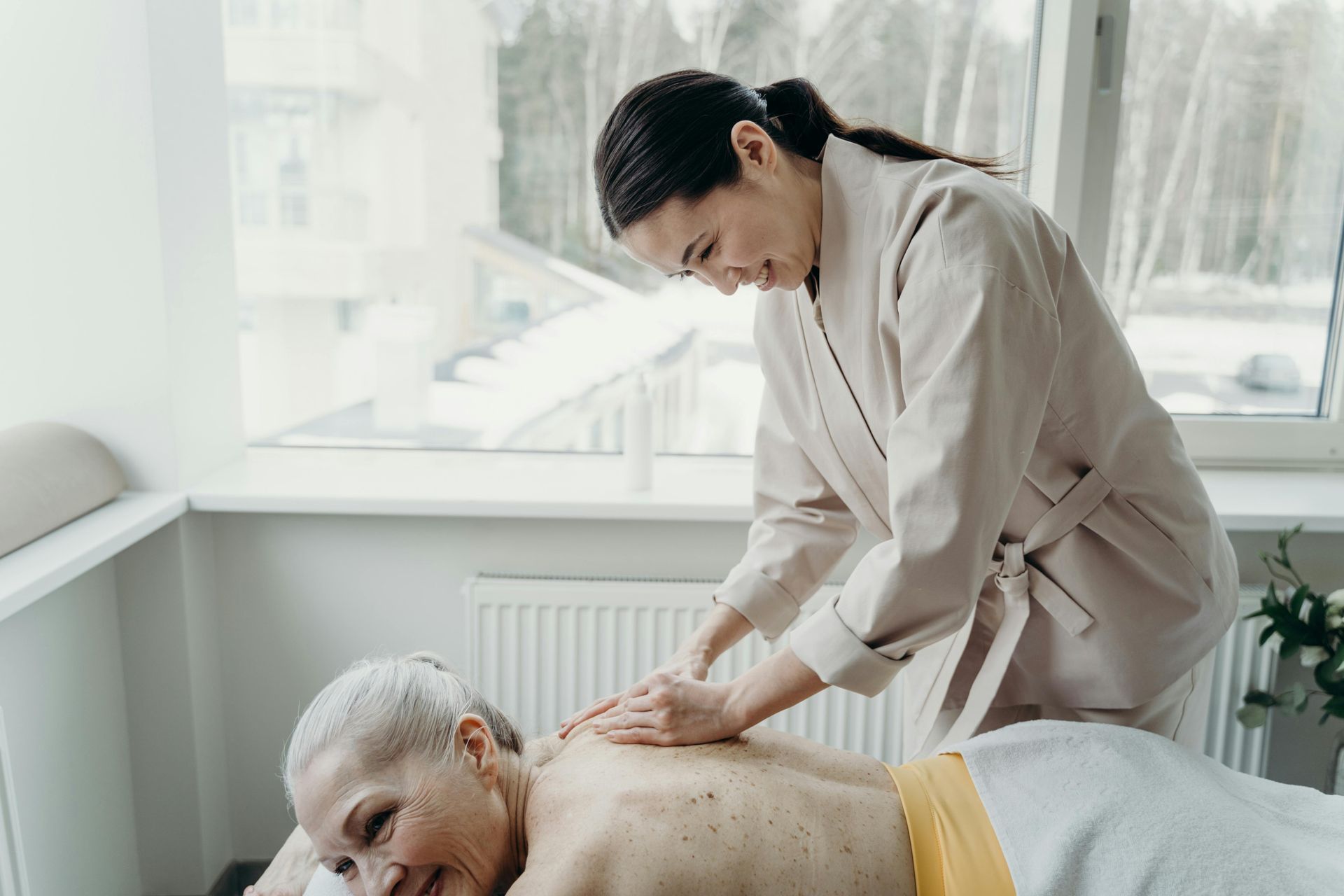
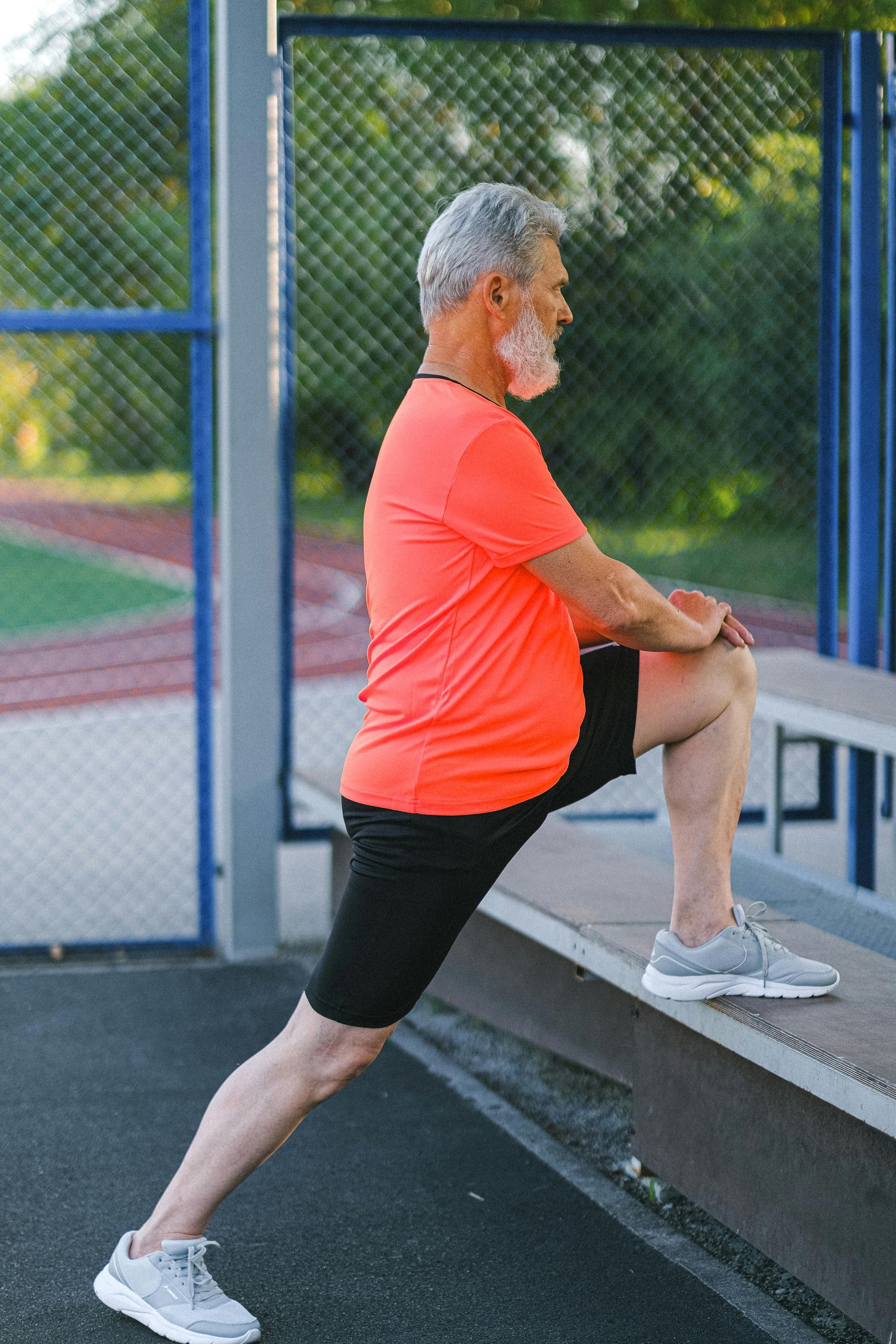
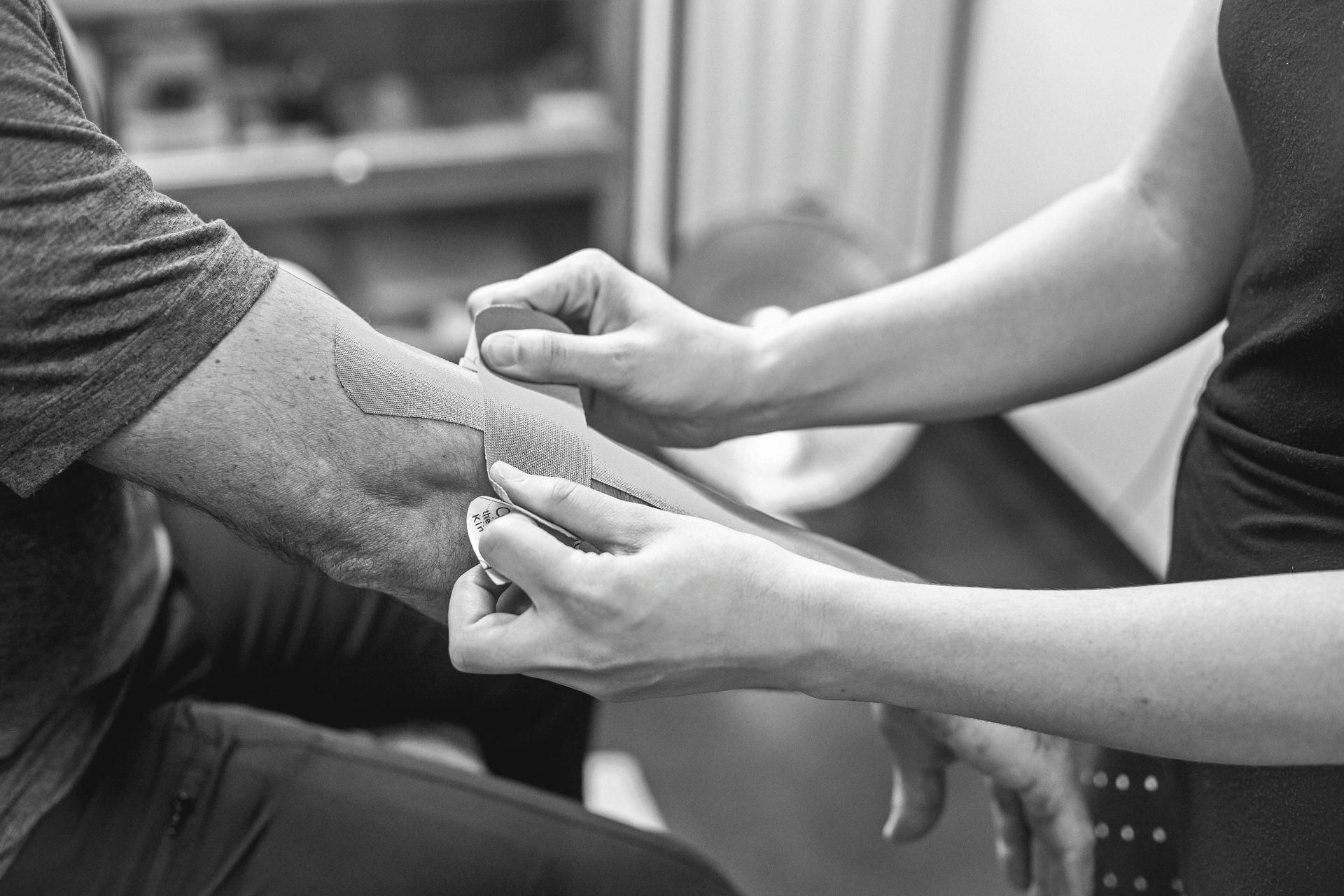

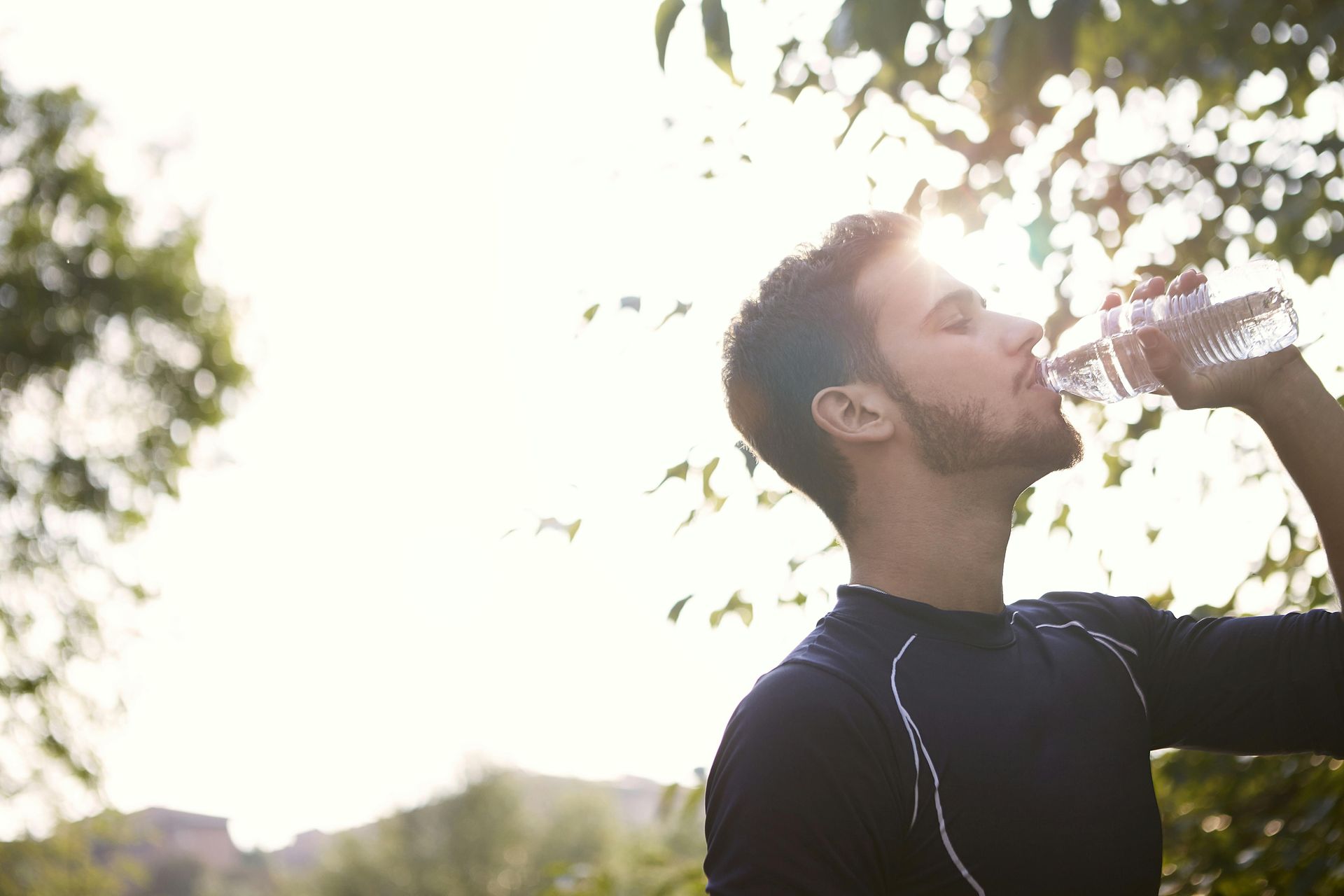
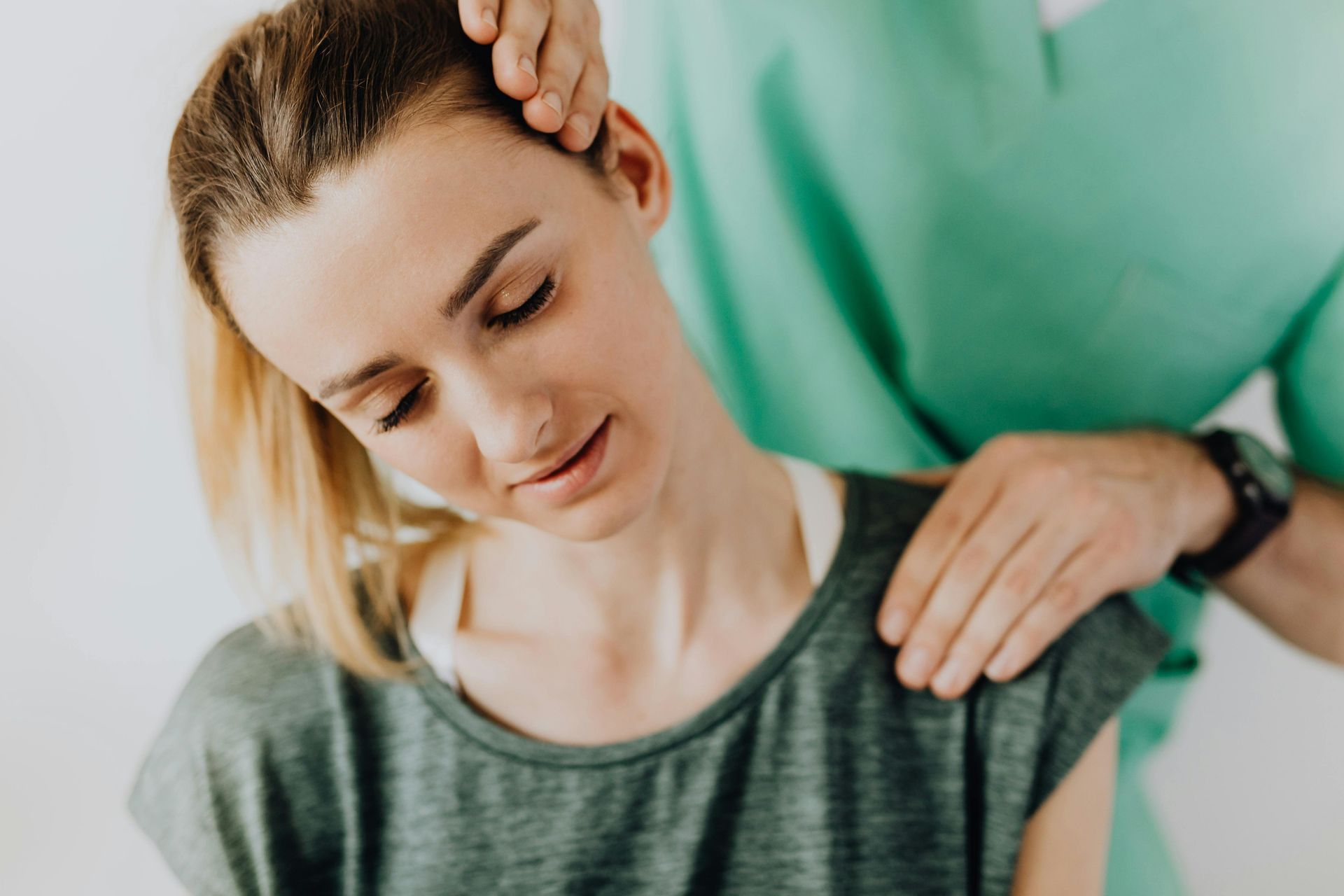
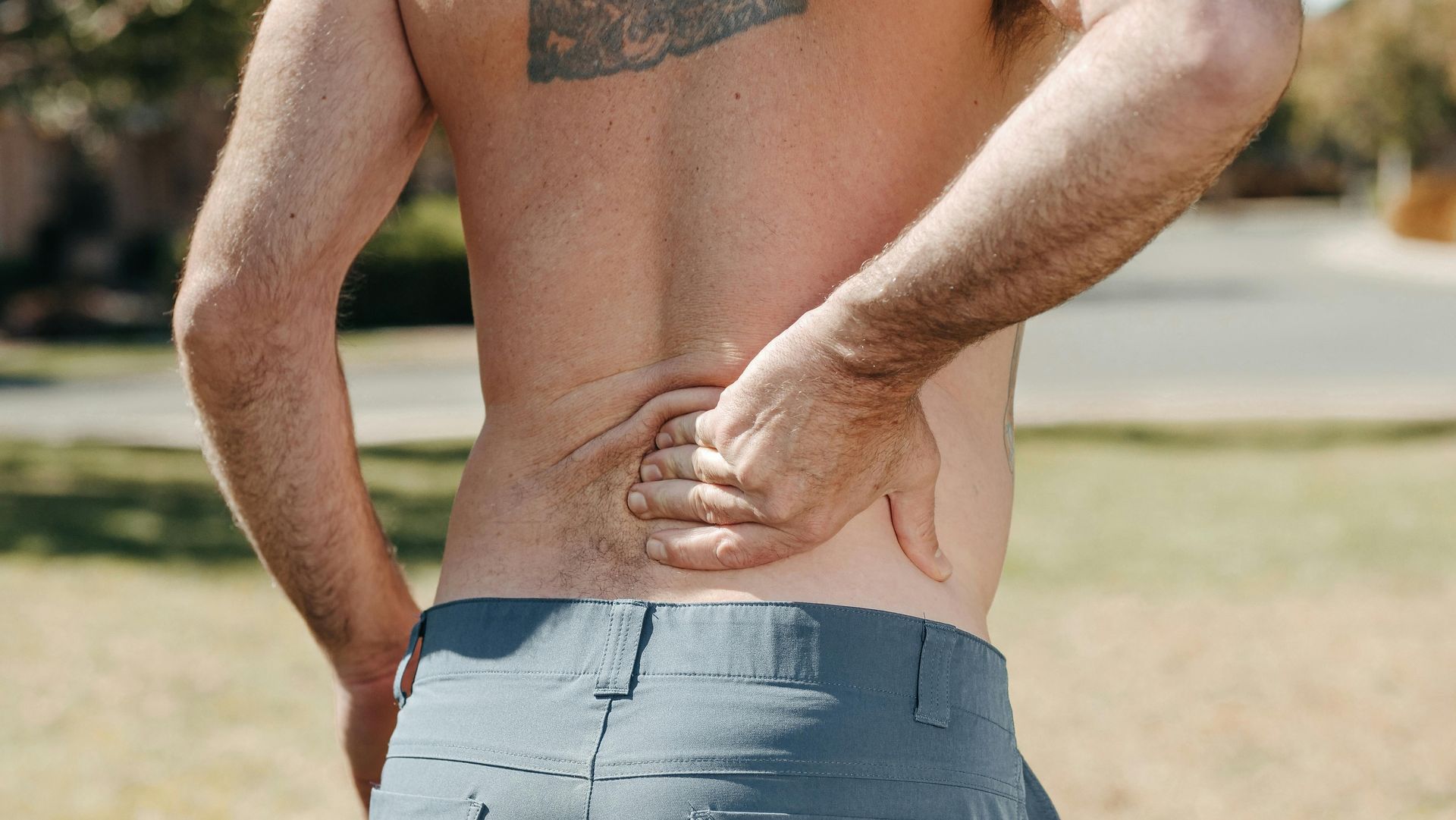
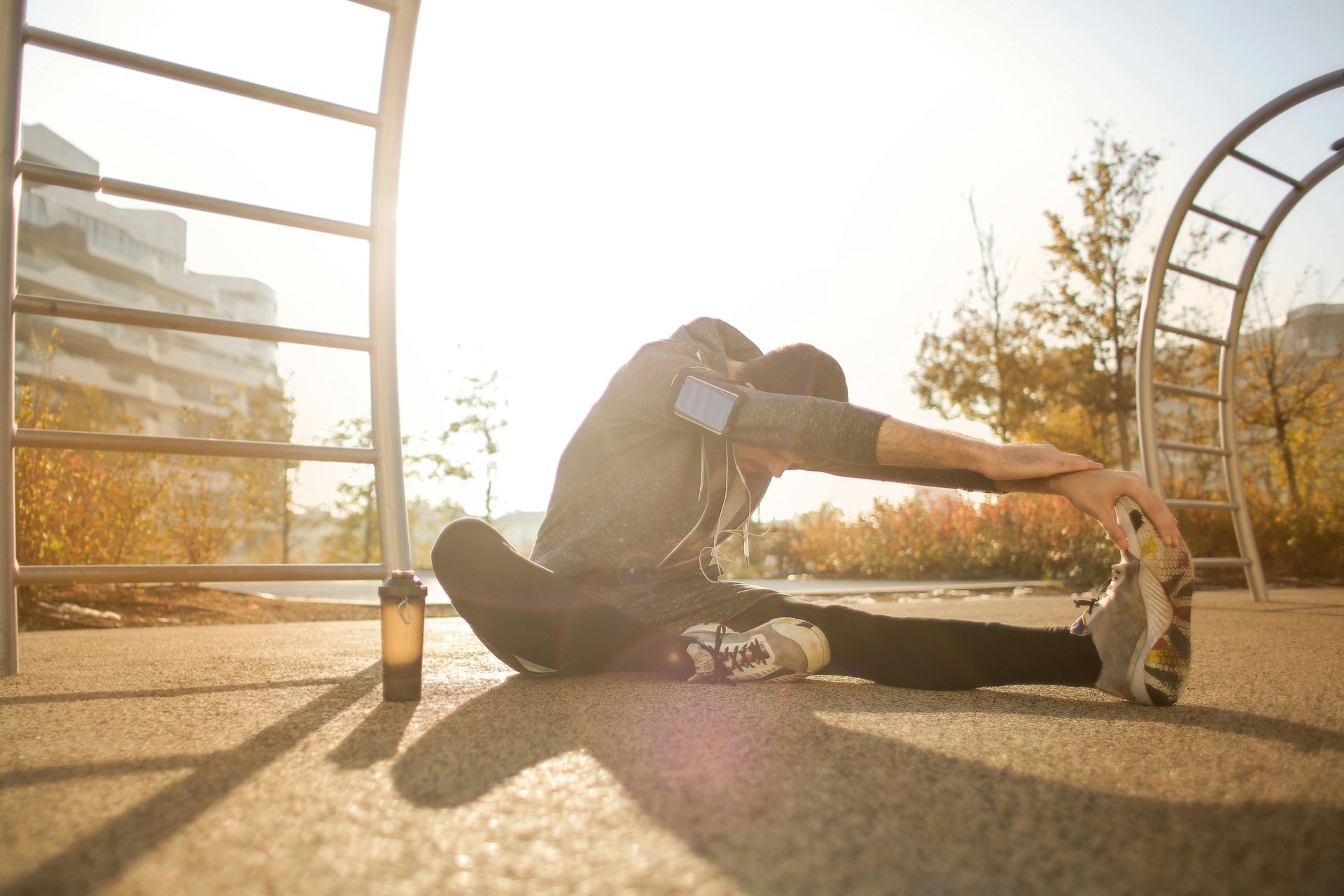
At Good Health Group Clinic, we empower your holistic well-being through personalized, integrative care. Join us on the journey to a healthier, more vibrant life. Contact us today to start transforming your health.
Contact Us
Call us at -03 9505 0595
Email us at - info@ghgc.com.au
333 Nepean Hwy Brighton East VIC 3187
(Mon-Fri 9am-8pm, Sat-Sun 10am-6pm)





